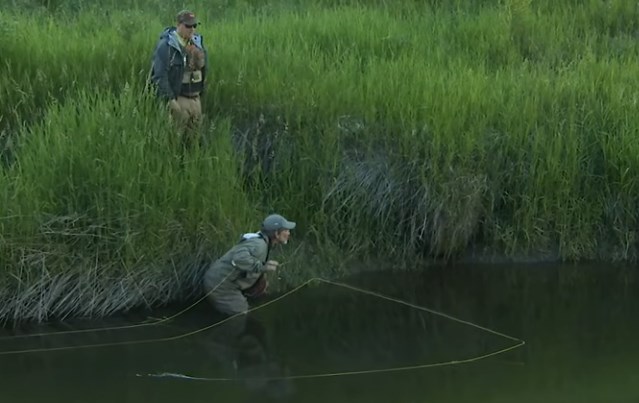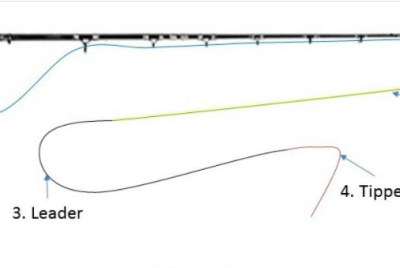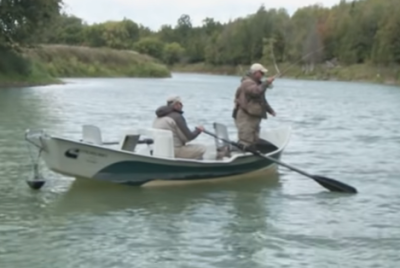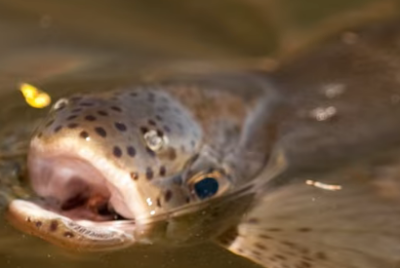How to Start Fly Fishing
Fly fishing is not just a hobby; it’s a way of life. As an avid fly angler, I’m excited to share my passion and help you embark on your journey into the world of fly fishing. In this comprehensive guide, I’ll walk you through everything you need to know to get started, from selecting the right gear to mastering casting techniques and exploring different fly fishing methods. So grab your rod and let’s dive in!
Introduction

Before we delve into the specifics, let’s take a moment to understand what fly fishing is all about. Unlike traditional fishing methods that rely on bait and lures, fly fishing uses artificial flies made of feathers, fur, and other materials to imitate natural insect prey. This method requires precision casting and offers anglers a unique and rewarding fishing experience.
So why should you start fly fishing? For starters, it’s a fantastic way to connect with nature and escape the hustle and bustle of everyday life. There’s something incredibly therapeutic about standing in a pristine river, surrounded by breathtaking scenery, and casting a line in search of trout. Plus, fly fishing challenges both your mind and body, offering endless opportunities for growth and self-improvement.
Understanding the Basics
Now that you’re eager to give fly fishing a try, let’s talk about the basics you’ll need to get started. First and foremost, you’ll need the right gear and equipment. This includes a fly rod, reel, line, leader, and flies. Investing in quality gear will not only enhance your fishing experience but also improve your chances of success on the water.
Once you have your gear, it’s time to learn some basic fly fishing techniques. From casting to presentation, mastering the fundamentals is essential for becoming a proficient fly angler. Don’t worry if you’re a complete novice; with patience and practice, anyone can learn to fly fish like a pro.
Choosing the Right Location
One of the most important decisions you’ll make as a fly angler is where to fish. When choosing a location, consider factors such as accessibility, water conditions, and the presence of fish. Whether you prefer casting on a tranquil mountain stream or a sprawling river, there are plenty of amazing fly fishing destinations to explore.
Learning to Cast

Casting is arguably the most critical skill in fly fishing. A well-executed cast can mean the difference between landing a trophy trout or going home empty-handed. Start by mastering the basic overhead cast, then move on to more advanced techniques like the roll cast and double haul. Remember, practice makes perfect, so don’t be discouraged if your first few casts don’t go as planned.
Understanding Fly Patterns
Fly patterns come in a wide variety of shapes, sizes, and colors, each designed to imitate a specific insect or baitfish. Learning to identify and match the hatch is essential for successful fly fishing. Pay attention to the insects present in the water and select a fly pattern that closely resembles their appearance and behavior.
Exploring Different Fly Fishing Methods
Fly fishing offers a diverse range of fishing methods, each suited to different fishing conditions and target species. Dry fly fishing involves presenting a buoyant fly pattern on the water’s surface to imitate adult insects. Nymph fishing, on the other hand, involves fishing subsurface with weighted fly patterns imitating insect larvae and pupae. Streamer fishing is another popular method that involves casting large, flashy flies to imitate baitfish or other larger
prey.
Staying Safe on the Water

Safety should always be a top priority when fly fishing. Before heading out, familiarize yourself with local water conditions and potential hazards. Wear appropriate clothing and footwear, and always carry essential safety gear such as a life jacket and first aid kit. Additionally, be mindful of weather conditions and avoid fishing in dangerous or extreme weather.
Environmental Awareness
As fly anglers, it’s our responsibility to protect the environment and preserve our natural resources for future generations. Practice catch and release fishing whenever possible, minimize your impact on the ecosystem, and adhere to all fishing regulations and guidelines. By being environmentally conscious anglers, we can ensure that our favorite fishing spots remain healthy and vibrant for years to come.
Joining a Fly Fishing Community
Finally, consider joining a fly fishing club or group to connect with like-minded anglers and expand your knowledge and skills. Fly fishing communities offer opportunities for camaraderie, mentorship, and shared experiences. Whether you’re a seasoned angler or a complete beginner, there’s always something to learn and discover from fellow fly fishers.
Conclusion

In conclusion, fly fishing is a rewarding and enriching pursuit that offers endless opportunities for adventure and discovery. By following the tips and advice outlined in this guide, you’ll be well-equipped to start your fly fishing journey with confidence and excitement. So grab your gear, head to the nearest waterway, and immerse yourself in the exhilarating world of fly fishing.
FAQs
1. What gear do I need to start fly fishing?
You’ll need a fly rod, reel, line, leader, and flies. Quality gear is essential for success on the water.
2. How do I choose the right fly fishing location?
Consider factors such as accessibility, water conditions, and the presence of fish when selecting a fishing spot.
3. What are the best casting techniques for beginners?
Start with the basic overhead cast and gradually progress to more advanced techniques like the roll cast and double haul.
4. How do I know which fly pattern to use?
Pay attention to the insects present in the water and select a fly pattern that closely resembles their appearance and behavior.
5. Is fly fishing environmentally friendly?
Fly fishing can be environmentally friendly when practiced responsibly. Practice catch and release fishing, minimize your impact on the ecosystem, and adhere to all fishing regulations and guidelines.




